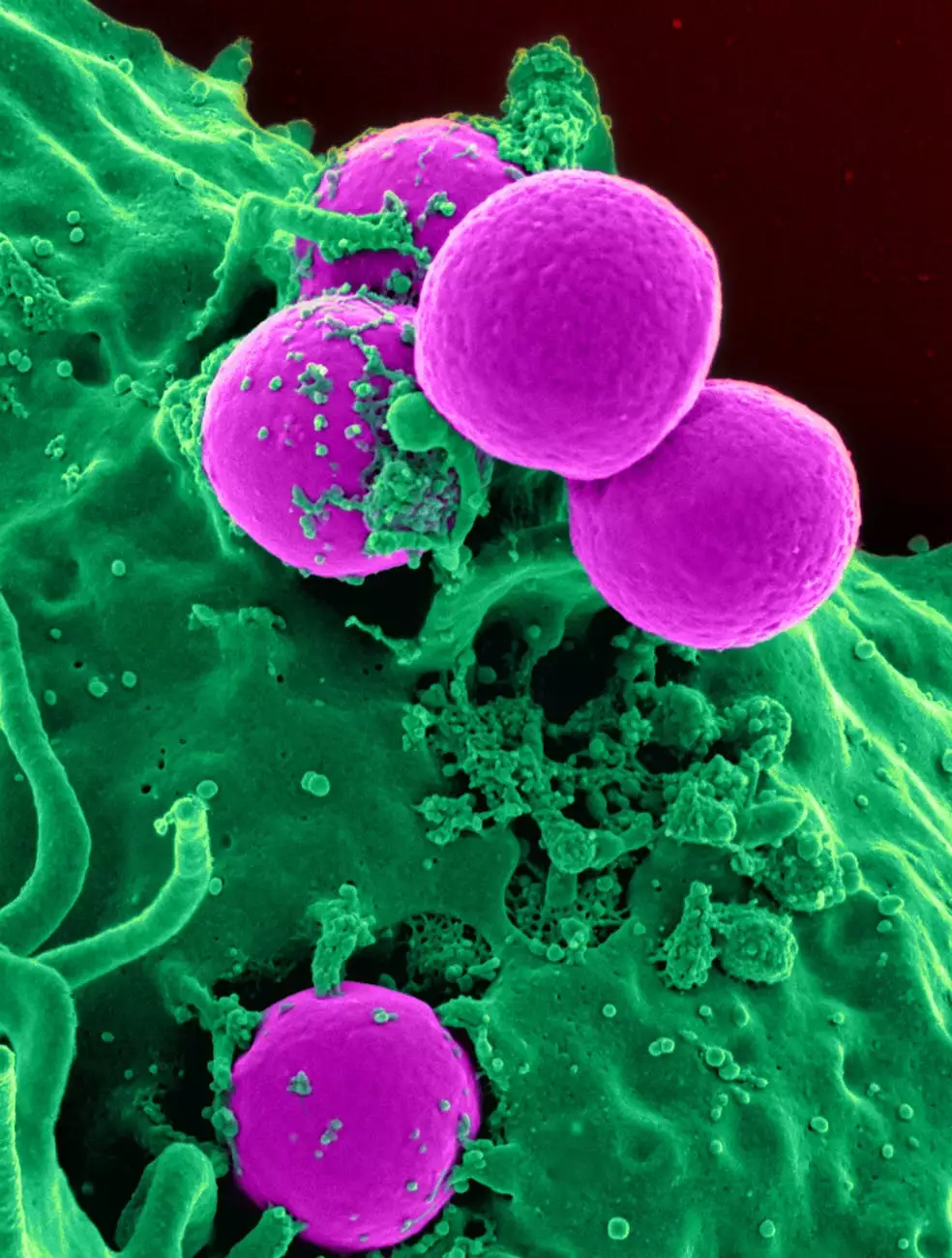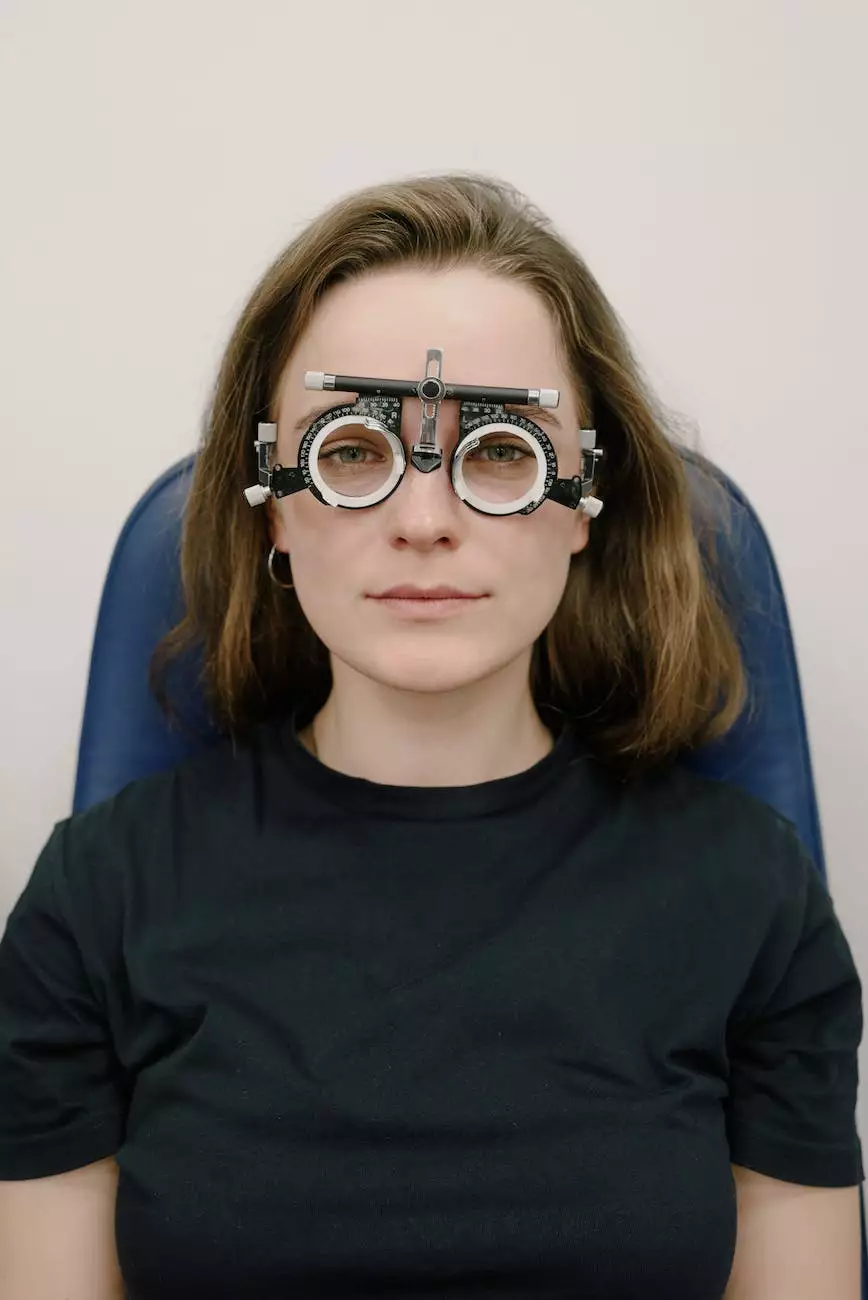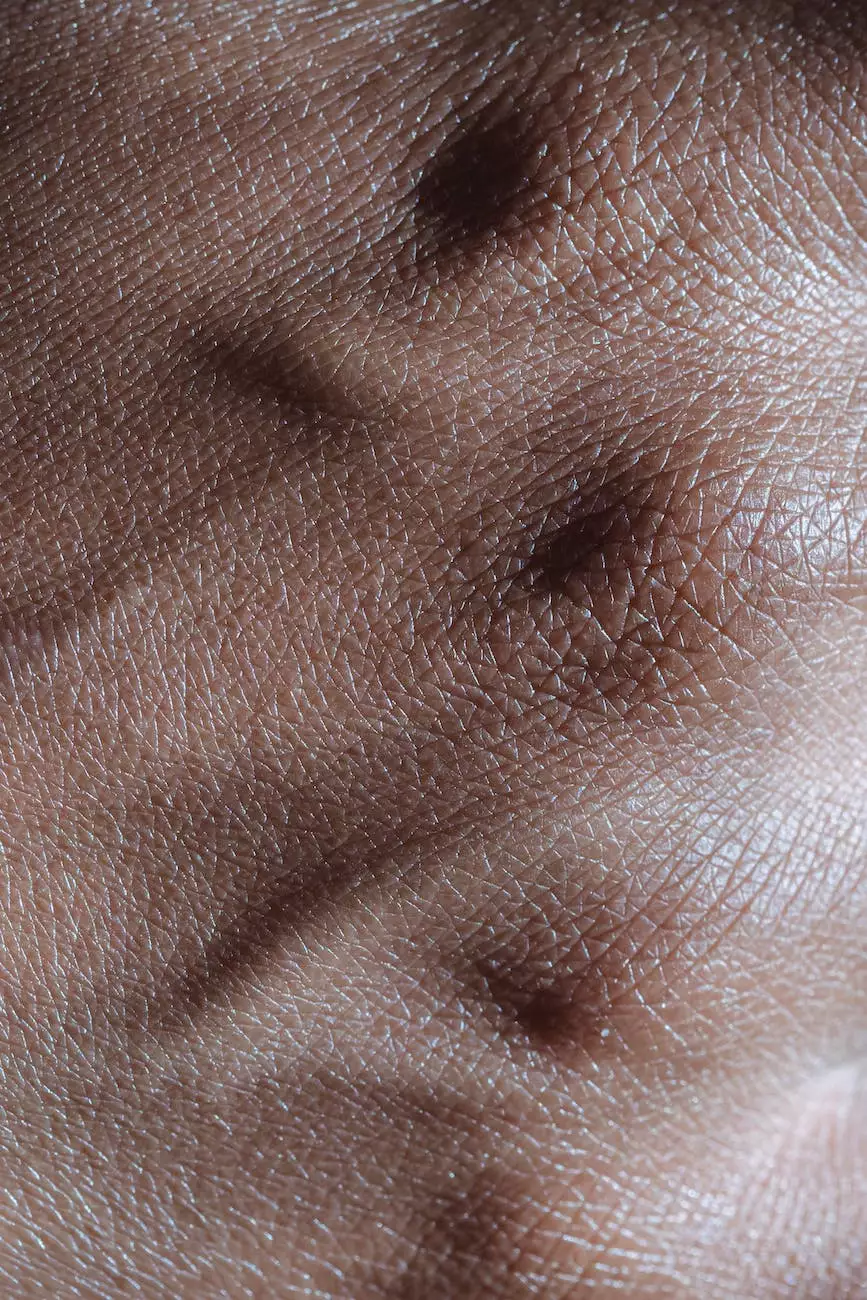Skin Cancer: Basal & Squamous Cell Carcinoma

Understanding Skin Cancer
Skin cancer is a prevalent type of cancer that affects millions of people worldwide. It primarily develops due to the DNA damage caused by excessive exposure to ultraviolet (UV) radiation from the sun or tanning beds. Two common forms of skin cancer are Basal Cell Carcinoma (BCC) and Squamous Cell Carcinoma (SCC).
Basal Cell Carcinoma (BCC)
Basal Cell Carcinoma is the most common type of skin cancer, accounting for about 80% of cases. It usually appears on sun-exposed areas such as the face, head, neck, and hands. BCC tends to grow slowly and rarely metastasizes to other parts of the body, but it can cause significant damage if left untreated.
Causes and Risk Factors
Long-term exposure to UV radiation is the primary cause of Basal Cell Carcinoma. Additional risk factors include:
- Fair skin, light-colored hair, and blue or green eyes
- A history of sunburns, particularly during childhood
- Family history of skin cancer
- Weakened immune system
- Exposure to certain chemicals and radiation
Symptoms and Early Detection
BCC often appears as a shiny, pearly bump or a non-healing sore that may bleed and crust. It can also resemble a pink, red, or brown patch of skin. Early detection is crucial for successful treatment. Regular skin checks by a dermatologist are recommended, especially if you have risk factors. Suspicious moles or lesions should be evaluated promptly.
Treatment Options
Treatment for Basal Cell Carcinoma includes:
- Surgical excision
- Mohs micrographic surgery
- Electrodesiccation and curettage
- Cryotherapy
- Topical medications
Squamous Cell Carcinoma (SCC)
Squamous Cell Carcinoma is the second most common type of skin cancer. It primarily affects areas exposed to the sun, such as the face, ears, lips, and back of the hands. SCC tends to grow faster than BCC and has the potential to spread to other parts of the body if left untreated.
Causes and Risk Factors
Chronic exposure to UV radiation is the leading cause of Squamous Cell Carcinoma. Additional risk factors include:
- Advanced age
- Male gender
- Fair skin, light-colored hair, and blue or green eyes
- A history of sunburns
- Exposure to arsenic or certain chemicals
Symptoms and Early Detection
SCC often appears as a scaly, rough, or crusty patch of skin with an elevated edge. It may resemble a wart or a sore that does not heal. Regular self-examinations and professional skin evaluations are crucial for early detection and timely intervention.
Treatment Options
Treatment for Squamous Cell Carcinoma includes:
- Surgical excision
- Mohs micrographic surgery
- Electrodesiccation and curettage
- Radiation therapy
- Topical medications
Prevention and Sun Protection
While skin cancer can be a serious health concern, taking preventive measures can significantly reduce the risk. Here are some tips for sun protection:
- Stay out of the sun during peak hours, usually between 10 a.m. and 4 p.m.
- Seek shade whenever possible, especially during intense sun exposure.
- Wear protective clothing, such as long-sleeved shirts, wide-brimmed hats, and sunglasses with UV protection.
- Apply broad-spectrum sunscreen with at least SPF 30, even on cloudy days.
- Avoid tanning beds and sunlamps, as they emit harmful UV radiation.
- Perform regular self-examinations of your skin and schedule professional skin checks.
Conclusion
Smith, Arthur F, MD is dedicated to providing comprehensive information on skin cancer, particularly Basal Cell Carcinoma and Squamous Cell Carcinoma. As a trusted healthcare professional, Dr. Smith emphasizes the importance of prevention, early detection, and timely treatment. With his expertise in dermatology, he strives to empower individuals with the knowledge necessary to protect their skin and overall well-being.










